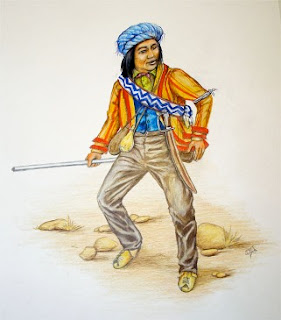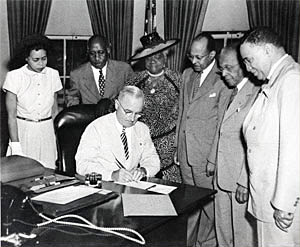William Cecil Price was born in 1816 in Russell County, Virginia. He attended Knoxville College for a time, before returning to Missouri where he worked several jobs while reading for the law. Price became the Green County Deputy Sheriff in 1840, before being admitted to the bar in 1844. Price was an active member of the Missouri Democratic Party, and was among those who felt the Missouri Compromise should be repealed. He supported Claiborne Fox Jackson, and wrote the “Jackson Resolutions” that were read at the Missouri General Assembly in 1848. The Resolutions stated people in any state or territory of the United States had the right to determine if they would permit slavery, and that any act of Congress against this would allow the slaveholding states to band together. It was at this time that Price met Judah P Benjamin and Jefferson Davis. In 1854 Price was elected to the Missouri State Senate, and in 1859 he represented Missouri at the United States General Land Office.
United States President James Buchanan appointed Price the Treasurer of the United States on February 28th 1860. When the Civil War started Price resigned his office on March 21st 1861 and joined the Confederate brigade commanded by his cousin General Sterling Price. At the Battle of Pea Ridge in March 1862 Price was taken prisoner and spent eight months as a POW at Alton, Illinois. He was re-assigned by Confederate President Jefferson Davis to recruiting duty in Missouri and promoted to Major. In 1864 Price resigned his commission.
He moved to Arkansas where he tried farming. When the war ended Price returned to Missouri and the law. As the years past Price who was lifelong member of the Methodist Church became intensely interested in theology, and was described as a religious zealous. He died in 1901.












